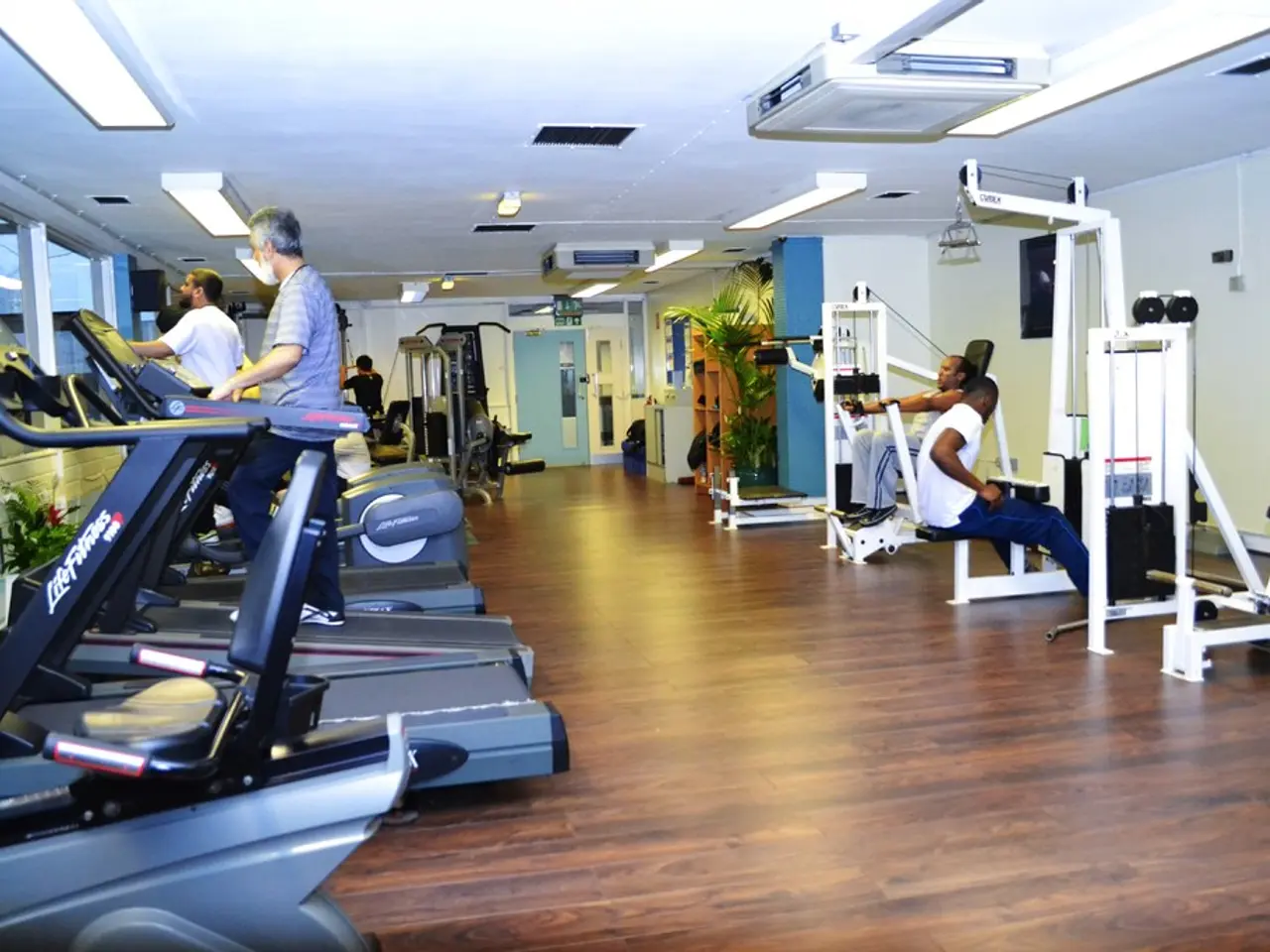Exercising for Muscle Growth After Age 60: A Guide
Strength Training for Seniors: A Powerful Tool Against Aging
Strength training is increasingly being recognised as a valuable tool for seniors, offering numerous benefits that can help combat the effects of aging. According to a study published by the American Council on Exercise (ACE), strength training can significantly improve physical capacity and reduce vulnerabilities that contribute to mortality risk in older adults.
Strengthening Muscles and Bones
One of the primary advantages of strength training for seniors is its ability to preserve and increase muscle strength and mass. As we age, we naturally lose muscle mass due to a condition known as sarcopenia, which can accelerate after age 60. By engaging in regular strength training, seniors can counteract this loss, improving their overall physical capacity and reducing the risk of falls, a major cause of injury and death in elderly populations.
Strength training also improves bone density, reducing the risk of osteoporosis and fractures. The Journal of Strength and Conditioning Research has published studies on the effects of resistance training on bone health, highlighting its potential to improve bone mineral density and reduce the risk of fractures.
Enhancing Balance and Mobility
Strength training can also improve balance and coordination, further reducing the risk of falls. The National Library of Medicine (NLM) has information on aging changes in the bones, muscles, and joints, emphasising the importance of maintaining strength and flexibility to prevent falls and injuries.
Boosting Mental Health
Strength training isn't just beneficial for physical health; it can also improve mental health. By boosting confidence, autonomy, and social engagement, strength training can enhance psychological well-being. Studies show that strength gains can positively impact mental health, reducing symptoms of depression and anxiety.
Promoting Healthy Aging
The combined effects of strength training can significantly lower the risk of death from major illnesses. By maintaining vital physical and cognitive functions, strength training can help seniors age healthily and maintain their independence. The International Society of Sports Nutrition (ISSN) has a position stand on nutritional timing and exercise performance, emphasising the importance of proper nutrition for post-exercise recovery.
In addition to the physical benefits, evidence suggests that strength training can positively impact mental health and social factors linked to longevity. By improving mobility and reducing isolation, strength training can help seniors stay active and engaged, contributing to their overall health and well-being.
Sources:
- ACE (American Council on Exercise). (2019). The Science of Post-Exercise Recovery. [Online]. Available: https://www.acefitness.org/education-and-resources/professional/prosource/the-science-of-post-exercise-recovery/
- Helms, E., Zinn, C., Rowlands, D., Abe, T., & Aragon, A. (2016). A Systematic Review of Dietary Protein During Strength Training in Resistance-Trained Individuals. Journal of Strength and Conditioning Research, 30(1), 228-240.
- National Institute on Aging. (2019). Aging Changes in the Bones, Muscles, and Joints. [Online]. Available: https://www.nia.nih.gov/health/aging-changes-bones-muscles-and-joints
- Penedo, F. J., & Dahn, Y. (2005). Exercise and Well-Being. Current Opinion in Psychology, 18(3), 189-198.
- Wojcicki, T. R., & Maier, C. H. (2009). Exercise and Mental Health: Behavioral, Neural, and Genetic Interactions. Nature Reviews Neuroscience, 10(6), 434-442.
- Incorporating strength training into a health-and-wellness routine can provide multiple benefits, including preserving muscle strength and mass, improving bone density, and enhancing balance and mobility, which are all crucial fitness tips for seniors in the realm of science.
- Regular strength training not only contributes to the physical well-being of seniors, including combatting aging effects, but it also offers mental health advantages by boosting self-confidence, autonomy, social engagement, and even reducing symptoms of depression and anxiety, making it a valuable tool in the health-and-wellness and fitness-and-exercise sectors.




